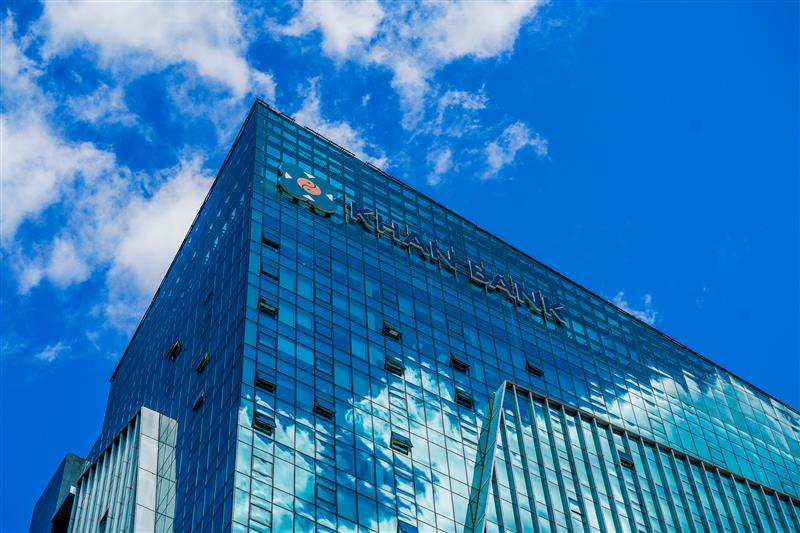Tuesday’s announcement that Hyundai Development Company is the preferred bidder for a controlling stake in South Korea’s Asiana Airlines brings one of the country’s most talked-about recent acquisitions closer to completion.
Hyundai leads a consortium, alongside brokerage Mirae Asset Daewoo, which offered KRW2.5 trillion ($2.15 billion) for a combination of the 31.05% stake held by top shareholder Kumho Industrial, plus new shares to be issued by Asiana.
They beat a rival bid from a group led by Aekyung, which owns budget airline Jeju Air, which is reported to have bid KRW2 trillion, though Euromoney has not been able to confirm this.
Access intelligence that drives action
To unlock this research, enter your email to log in or enquire about access




